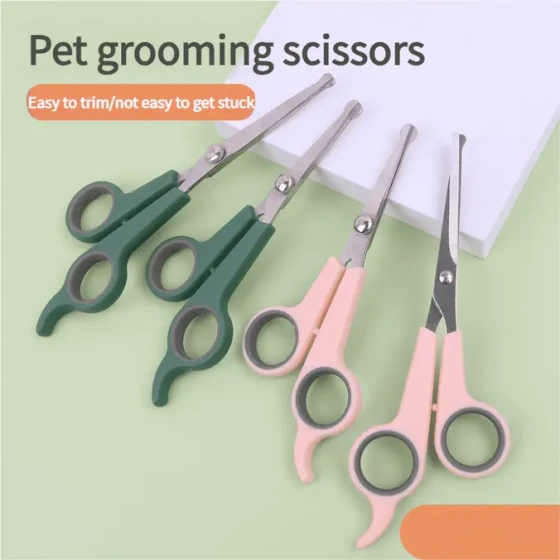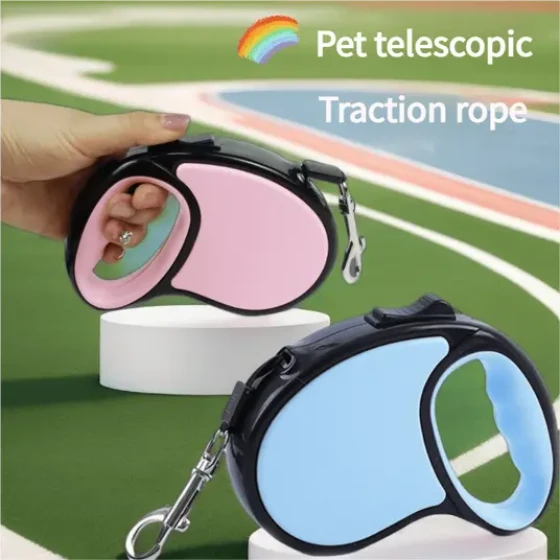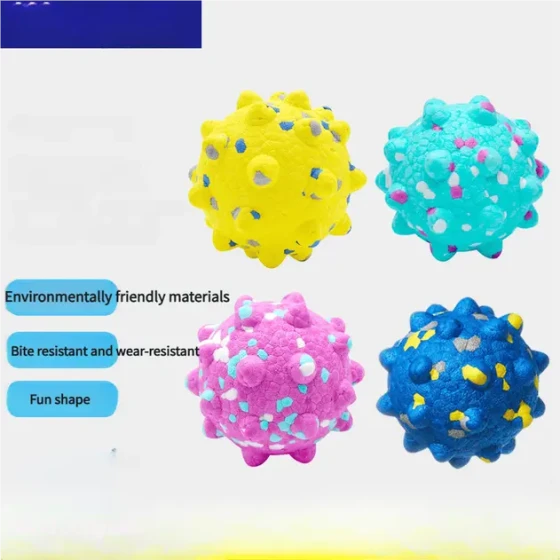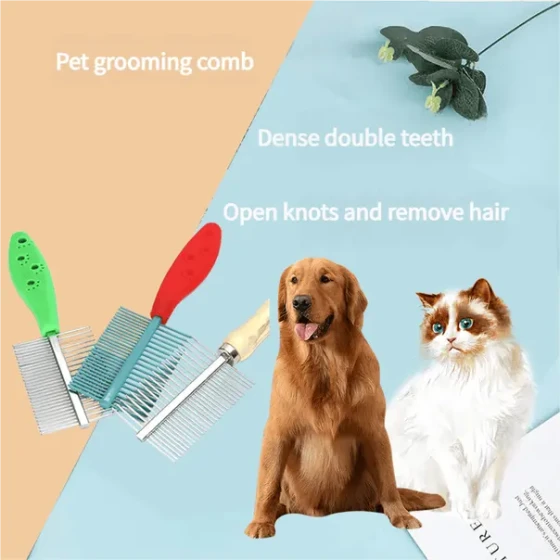Seven Methods to Choose the Best Cocker Spaniel Nanny

Cocker Spaniels are divided into two types, English and American, originating from the UK and the US respectively. This breed is also called the hunting spaniel, meaning "Spanish dog," derived from the Old French "espaignol." The reason Cocker Spaniels are called the best nannies is inseparable from their intelligent, rational, cheerful, and responsible nature. So how do we select an excellent Cocker Spaniel? Let's learn together today!
Choosing a Healthy Cocker Spaniel
1. Identify from the Cocker's Facial Features
(1) Bright and spirited eyes. The cornea (the front part of the eye) is transparent, allowing a clear view of the pigment layer's color. Medium-sized, full, and slightly oval; wide set; eyelids tight. The nictitating membrane is inconspicuous; pigmentation may or may not be present. Except for liver-colored and liver-particolored dogs allowed to have hazel eyes (darker hazel is better), the eye color for other colored dogs is dark brown.
(2) No eye discharge or secretions. Foreign bodies or trauma can cause swollen, tightly closed eyes or red mucous membranes (the white of the eye) or cloudy corneas. Infection with distemper virus and other ophthalmic pathogens can cause excessive and purulent eye secretions.
(3) The nose skin is fine and moist with slight mucus. A dry or cracked nose tip or accumulated sticky secretions indicate poor health. A puppy's nose must be large enough to balance with the muzzle and foreface, with developed nostrils, a typical feature of sporting breeds. The nostrils are open and the sense of smell highly developed; the nose leather is black except for liver or liver-particolored dogs where it can be brown; red or red-particolored dogs' nose leather may be brown, but black is preferred.
(4) The ears are very clean inside, without secretions or inflammation. Because a puppy's ears hang low, close to the head; the ear pinna is delicate, extending to the nose tip, covered with long, silky, straight or slightly wavy hair. The ears are both long and large, hanging on both sides of the cheeks, with moderate-length feathering on top, so it is essential to inspect the inside of the ears carefully.
(5) The area around the anus is clean, without fecal matter adhesions or redness and swelling. Healthy dogs have tight anuses and a clean surrounding area free of foreign materials. Otherwise, many infectious diseases and parasites can spread through feces, urine, or bodily fluids.
2. Identify by Appearance
(1) The coat is shiny and glossy. A puppy's coat is dense, soft, silky, with a slightly wavy texture, which is one of its important characteristics. The hair on the head is short and fine; the body hair length is moderate, flat or with light waves, with a silky texture. When choosing, distinguish hair quality: rough, hard hair not soft contradicts the breed standard and should not be selected. Also, feel the puppy's coat—the skin should be warm, not hot, fluffy, neat, coat color fresh, skin elastic and not loose, neither too dry nor too wet, with no shedding; also check for lice.
(2) Body condition comparison in terms of fat and length. Body fatness is traditionally used as a nutritional status indicator. If a puppy is skinny and lacks strength, immunity will likely be affected, making the dog prone to illness and slower recovery. Fatness refers to the body under the coat; puppies with big bellies aren't necessarily fat. Normally, ribs should be covered evenly by muscle and fat, not easily felt one by one. If ribs are clearly felt even with long hair, the puppy is considered too thin. Compact structure and shorter coupling, shoulder height slightly larger than the length from withers to tail base, indicate a sturdy Cocker Spaniel with as much bone and substance as possible without appearing coarse or rough. Also, judging fatness can involve the thickness of the abdominal back muscles.
(3) Visible mucous membranes are pink. If a puppy's visible mucous membranes have impurities or abnormalities, ask the breeder immediately.
(4) Strong appetite and energy, though puppies recently changed environments, foods, or car-sick puppies might have temporarily reduced appetites. However, severe dehydration, latent diseases, gastroenteritis, or pain can also reduce appetite. In such cases, owners should cautiously observe, inquire about feeding times from the breeder or store staff, and arrange additional visits to monitor the puppy's condition changes.
3. Identify from Feces
(1) Regularly shaped feces with segmented consistency. However, environmental or food changes, overfeeding, parasites, or enteritis may cause diarrhea in puppies.
(2) Feces color is glossy, with suitable softness and hardness. Feces softer than toothpaste or containing clear mucus should be carefully managed.
(3) Urine is light yellow; also observe if urine has an odor.
4. Normal Body Temperature of Cocker Spaniels
Between 38°C and 39°C.
5. Observe the Blood Color of Cocker Spaniels
Flip open the dog's lips to see gum color. Severe malnutrition, parasites, hematopoietic disorders, or shock cause pale gums. This area is an effective indicator of dog health.
6. Observe the Skin Condition of Cocker Spaniels
Puppies with pustules and excessive dandruff. Dry or sensitive skin or parasites cause dogs to scratch or shed lots of dandruff. Unsanitary or poorly maintained environments cause red spots and pustules. Though not serious diseases, improper care significantly impacts the puppy's appearance and odor. Finally, owners should check vaccination records and verify the dog's identity.
7. Pay Attention to the Cocker Spaniel's Health
Health is the most important for both puppies and future owners. Choosing an unhealthy or genetically flawed puppy is mentally and financially costly. Therefore, choosing puppies from reputable kennels or family breeders is crucial to ensure traceable origins and current health status. The saying "you get what you pay for" is true. When selecting puppies, focus on the parents; generally, 25% of genes come from the father, 75% from the mother, so pay special attention to the mother.



